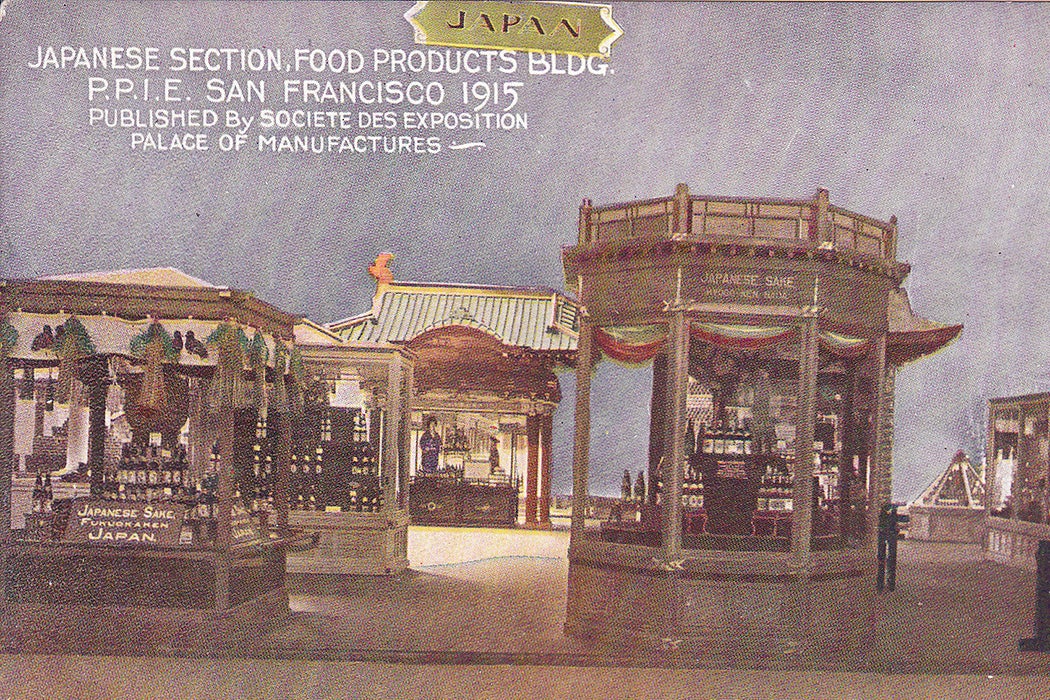Health-conscious diners today may be right to shun processed food. Yet, just one hundred years ago, American consumers considered processed, mechanically prepared meals to be “pure” and clean. More disturbingly, “pure food” meant avoiding not only contamination from dirt and disease, but also unfamiliar, foreign ingredients and contact with the human hands of immigrant workers.
To scrutinize how food manufacturers used the “pure food” movement to expand their American market, historian Bonnie M. Miller takes readers through the San Francisco Panama-Pacific Exposition of 1915.
The “world’s fair,” timed for the opening of the Panama Canal, was a celebration of the potential for more global trade, and was also “the first US international exposition to construct a separate building focused solely on the exhibition of food,” writes Miller. That building housed the Palace of Food Products—nicknamed the Palace of Nibbling Arts—which boasted cooking demonstrations, free samples, and displays by food producers from around the world.
In a break from the set-up at previous world’s fairs, the emphasis in San Francisco was on processed food, instead of raw agricultural commodities. For instance, the exhibit by representatives from Argentina “did not showcase unprocessed produce or traditional dishes,” Miller observes.
Rather, it celebrated its food manufacturing, with exhibits of the packaging and preservation of pastes, biscuits, confectionary, condensed milk, wines, and malt liquors. The Argentine commissioners portrayed their nation as a top food producer worthy of foreign investment, one whose foodways were transforming apace with modern nations like the United States.
Through a variety of exhibits like this, “the fair created a circumscribed space for culinary exchange,” Miller writes.
But visitors’ experience of culinary cosmopolitanism was indeed circumscribed, along explicitly racial lines. Nowhere is this clearer than in Miller’s case study of the so-called “Iron Chink” machine unveiled at the fair. The Iron Chink, a brainchild of a Seattle-based company that supplied the fishery industry, could turn raw fish into tinned food—without the need for the labor of cannery workers, who were predominantly Chinese.
Weekly Newsletter
Meanwhile, the exhibit by food manufacturer Libby’s showed how ingredients from across the United States could become “pure prepared foods,” including dishes such as chili con carne, tamales, and spaghetti.
“From its gleaming white sparkling kitchens, Libby’s allowed less mainstream culinary tastes and cooking styles to thrive, so long as they remained hermetically contained and meticulously disinfected,” says Miller. “Food purity, then, became a shorthand for whiteness, allowing for machines to replace the human hands of a demographically heterogeneous labor force while allowing for some gastronomic diversification.”







